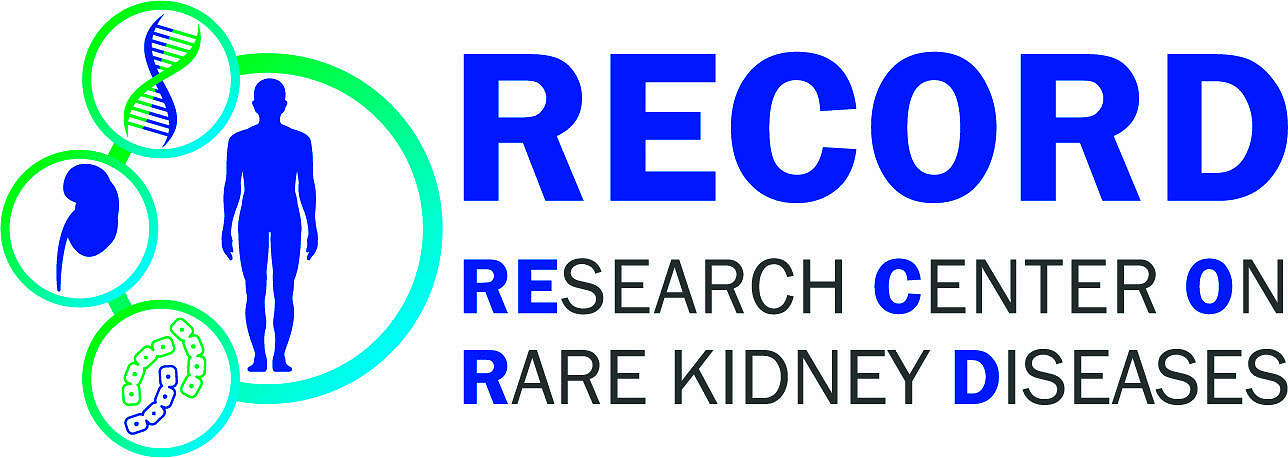 Advancing the ultrastructural analysis of the kidney slit diaphragm using cryo-electron tomography (cryoET)
Advancing the ultrastructural analysis of the kidney slit diaphragm using cryo-electron tomography (cryoET)
Wissenschaftliches Arbeitsprogramm:
This project aims to examine the structure, function and damage mechanisms of the kidney slit diaphragm using cryo-electron tomography (cryoET) to obtain a better understanding of nephrotic kidney diseases. The slit diaphragm is a crucial component of the glomerular filtration barrier and is formed by interlocking podocyte foot processes and interaction of membrane proteins. Advances in high-resolution imaging of the slit diaphragm have contributed to its understanding as a dynamic, net-like structure, but its exact molecular architecture is still not completely understood. For visualizing the molecular organization of cells in a near-native state at nanometer-resolution, cryo-electron microscopy (cryoEM) has emerged as a powerful tool in structural biology. Unlike conventional electron microscopy, cryoEM uses unfixed samples immobilized in non-crystalline vitreous ice. Using a focused ion beam (FIB) paired with a scanning electron microscope, thin sections (lamellae) are prepared and then imaged with transmission electron microscopy (TEM) through a series of angled views, which can be reconstructed to produce a 3D tomogram. This technique is established for small samples like single cells. Vitrification of larger samples (>10 µm) requires high-pressure-freezing using special sample carriers, posing challenges for lamella preparation. A recently developed technique called “lift-out” addresses this by cutting a bloc of the vitrified sample guided by fluorescence microscopy and transferring it to an EM-grid for lamella milling. In this project, initially kidney organoids generated from human pluripotent stem cells are used as a model organism to establish the workflow to allow examination of murine kidney tissue in the next step.
